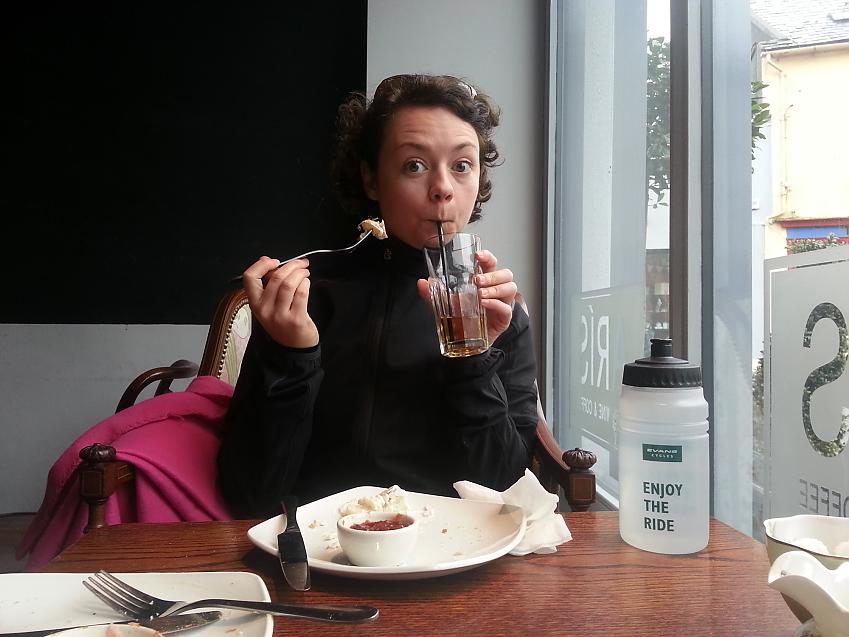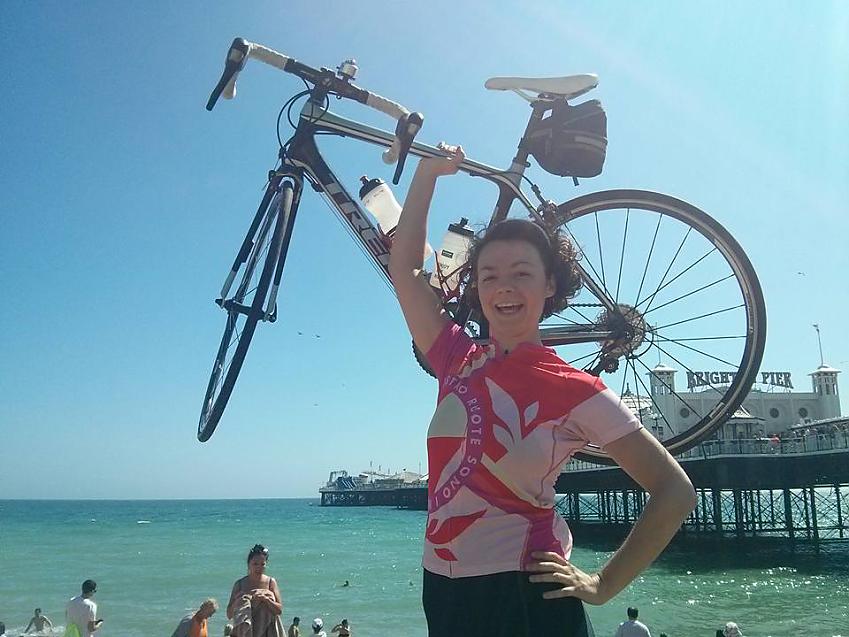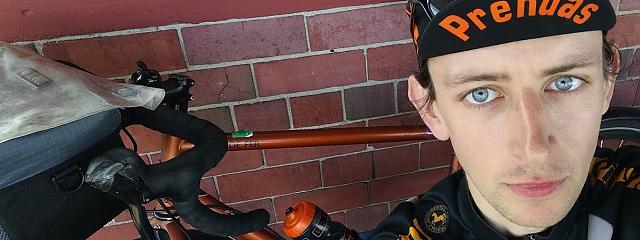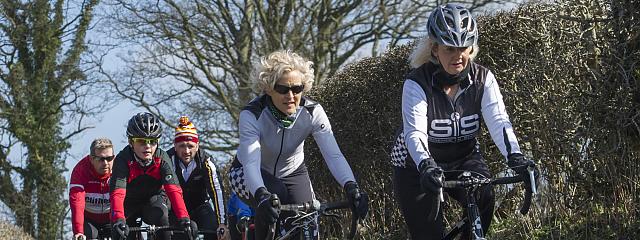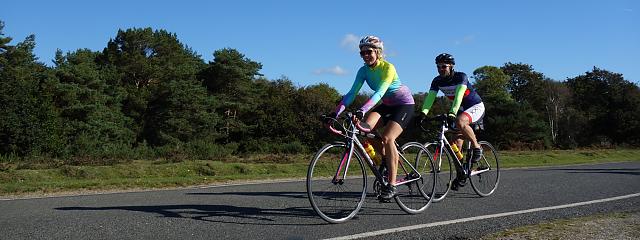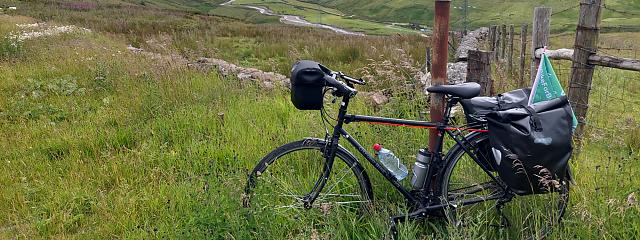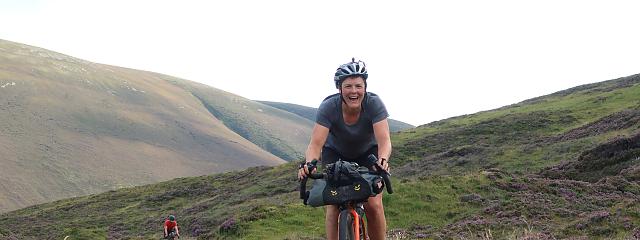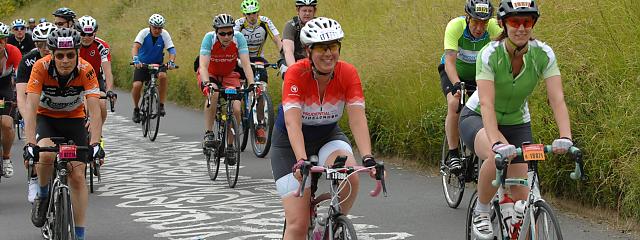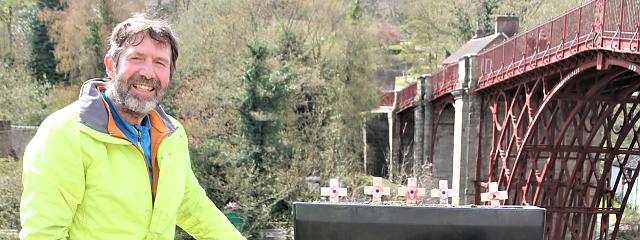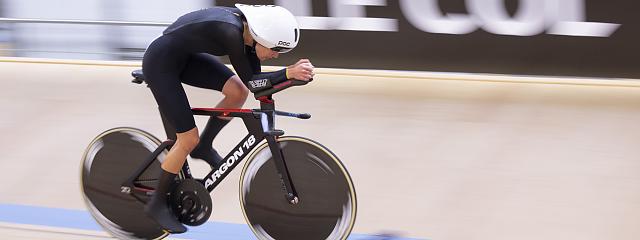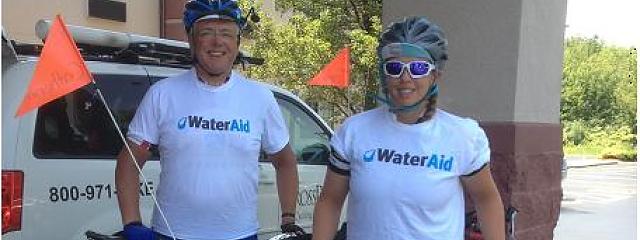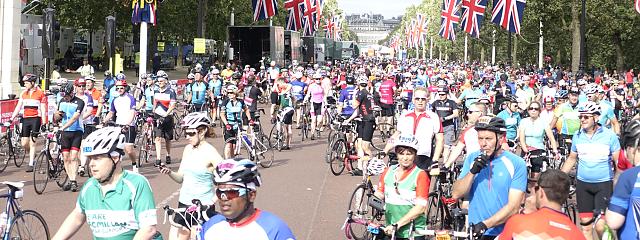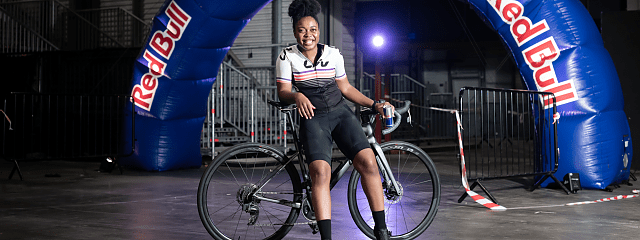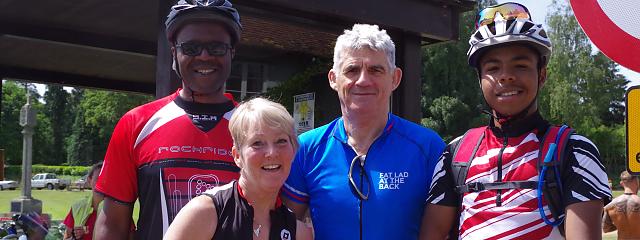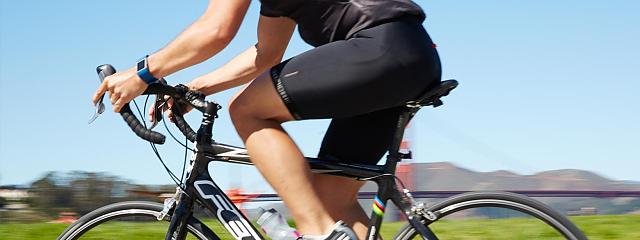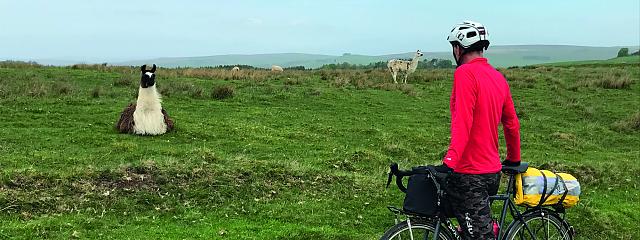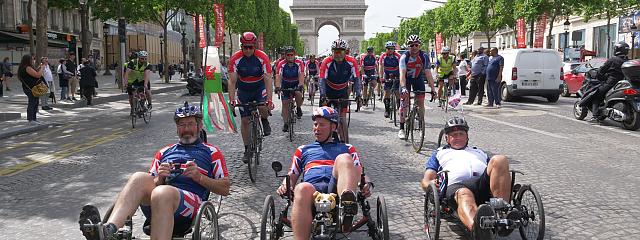
How to train for a 100-mile cycle ride
How to train for a 100-mile cycle ride
Cycling your first 100 miles is a landmark for anyone. Don’t be put off, though – although it is, needless to say, a long way to cycle and requires a bit of preparation – if you organise yourself and put in the work, it feels like one heck of an achievement once you’ve done it (it feels like an achievement if you finish it and don’t put in the work, but that way’s harder).
The Prudential RideLondon 100 sportive will be my second century. It’s the third I’ve trained for, to varying degrees (last year’s RideLondon event was cut short by 15 miles), and is probably the one I feel most prepared going into, having learned a thing or two on previous attempts.
Having finished last year feeling strong, and having learned from my mistakes, I wanted to do better this time, so, I harnessed my love of scheduling, and made a plan.
After weeks of preparation, three weeks before the big event, it finally started paying off and I had a breakthrough: 50 miles into a ride to Cambridge, I got pretty fast. Well, fast for me.
Pedalling along those flat, sweeping roads, with 15 miles left to go I felt, briefly, invincible, riding at possibly the fastest speed I’ve ever cycled on the flat. I was so overjoyed at my newfound strength I found myself whispering “yes, yes, yes” out loud.
I had the creeping suspicion that those weeks of preparation were finally paying off.
So what have I learned? How do you set about preparing for a long ride?
A cunning plan
Everything starts with a plan. Generally, getting in three rides per week is a good rule – and this is manageable if you do one long weekend ride and two shorter ones in the week. More details in a bit.
The key thing for me, in terms of sticking to the goal, was putting those three weekly rides into my calendar at the planning stage – the type and duration of the ride (see table), and the day of each week I’d do it.
This may not float your boat, but I had a separate colour on the calendar for my training programme, which I could refer to easily as I went. Having yoga there every Monday, and my three rides during the week, somehow made it non-negotiable.
Your training doesn’t have to preclude other weekend plans. It can also be quite fun to ride in new areas, if you can get hold of a bike or bring your own.
I managed to be quite creative in fitting training rides into other weekend plans, including cycling to a friend’s wedding outside Bristol, with a pre-prepared crumple-proof dress stuffed in one pannier. In week three I went to the Hay-on-Wye literary festival with some friends, hired a bike locally and sneaked in a 44-mile ride before heading home.Disclaimer: consider seeking medical advice before embarking on an exercise programme.
Start from where you are
Start according to your fitness level and build up. You’ll avoid injury and, by steadily increasing the training load, allow your body to adapt each time you step it up.
Make the rides challenging, push yourself; last year I pottered up and down the canal for weeks, not really pushing myself, partly excused by a weak ankle I couldn’t put much pressure on. Injury aside, though, if you extend yourself and push your limits, the training is much more effective.
Start early. Eight to 10 weeks is a good run-in period for a century. But remember you’ll need to keep training up until the event, so make the plan achievable, and factor in fun and rest time.
Move during your off days. After my successful Cambridge ride, the next weekend’s long ride was a grinding, moral-sapping slow affair on stiff legs as I’d done nothing physical for three days.
Do yoga, walk, dance – anything to keep moving. Doing something non-linear, which uses different muscles, will help you balance out those long hours in the saddle doing the same movement, and help support you on the bike.
Now to the rides themselves, which I broke into three categories.
Long ride
The bulk of your training. Although you’ll most likely do the long ride on a weekend, it can be done any day of the week, so long as you do it. Start with a couple of hours’ riding, or more if you’re fitter, and build up by five-10 miles each week to around 85 miles.
Do these rides at a steady pace, around 70-75% of your maximum heart rate, equating to a moderate effort, somewhere between where you can hold a conversation (70%), and the point at which you can only manage shorter sentences.
I mapped out my own routes, and joined a local club, which was sociable, helped me ride faster and accustomed me to riding in a group.
Steady ride
This shorter weekday spin will help you beef up your weekly mileage gradually and get you used to riding faster, for increasingly longer periods of time. Start with an hour or so’s ride, and increase by 15 minutes each week until two weeks before the event, when you’ll start to taper.
Ride at 80-85% of your maximal heart rate – at lactic threshold – as if you’re riding with someone faster than you, for 15 to 30 minutes, with 15 minutes’ easy pedalling to recover.
In all honesty this was probably the ride I was least strict about keeping to, and probably should have taken more seriously, as this type of training is one of the most effective in building endurance fitness.
Speed ride
This, for me, is the game changer, though perhaps the least intuitive, given a century is an endurance event. This weekly ride will increase your lactate threshold – the point at which your muscles start screaming to stop – so you can ride faster without it hurting.
I can’t recommend spinning (static cycling) enough. It’s hard, and you may not like it at the time – or me for suggesting you do it – but by heck it works. Spinning is the cycling equivalent of high intensity interval training (HIIT), a series of short, maximal or near-maximal efforts of 30-90 seconds, interspersed with brief rest periods of roughly double that time.
The great thing about static cycling is you can control these efforts. If you’ve got a turbo trainer at home, and know what you’re doing, save yourself some money.
If not, and it’s within your budget, having someone yell at you in a class to pedal harder, directing your efforts, and fellow sufferers to race against, is properly motivational. Don’t overdo these sessions – while they pay off, too much training in this zone can cause exhaustion.
All my speed rides were the same duration, because they were spinning classes. If you’re out on the road, you can start from an hour’s fast ride, build up to an hour and a half in 15 minute increments, then taper down by 15 minutes in each of the two weeks before the event.
Rest
Training is placing your body under stress, and resting allows it to adapt. The increase in exercise will make you tired, and while this is a sign you’re pushing yourself and getting fitter, listen to your body. If you need to back off, it will tell you.
Diet
As with all physical activity, your body is the engine, and it’s only as good as the fuel you put into it. Eat a balanced diet, limit your intake of processed foods and refined sugars, and eat plenty of fruit and veg to fight those free radicals from long hours in the saddle.
Lean protein such as chicken, fish or pulses will help build and repair the muscle you’re training. Stay well hydrated, too, but avoid having too many sugary drinks as these add unnecessary, nutrient-poor calories, as well as being bad for your teeth.
During the ride, people go for a variety of fuelling options to replenish carbohydrates, from lo-fi, but perfectly effective, jam sandwiches, to specialised but pricier gels, to jelly babies. Use your training rides to learn what works for you.
After an hour or so, intersperse water with something to replace lost salts Isotonic sports drinks, or dispersible tabs, will hydrate you more effectively, and improve your performance.
Post-ride, consume some protein within 30 minutes of stopping exercising; that’s the golden window within which your body is primed to fast-track muscle repairs and it will aid your recovery. I had a soy protein shake, mixed with pineapple juice; again, find what works for you.
Before the event
Taper. Reduce the intensity and duration of training in the last two weeks before the event. This will leave you fresh on the big day. But remember to keep moving to avoid stiffness.
Bonus tip: I got myself realigned by an osteopath a couple of weeks before the ride, to straighten out my tight back. I’d highly recommend this.
Although 100 miles is a long way, and it’s a challenge, it should hopefully be fun, too. Remember to enjoy the big ride, smile and keep pedalling and, if you’re doing the RideLondon 100, savour the traffic-free roads, the encouraging crowds cheering you on and the camaraderie of the other riders. It’s an experience you won’t forget! In a good way.
Fact file
Distance: 100 miles!
Bike: Trek Madone Three Series WSD
I’m glad I had: A comfortable bike that fits me, and weeks of preparation behind me
Next time I would: Do more of my training rides at a higher pace; I got lazy on some of these and took the easy, leisurely ride option.
Further info: RideLondon is an annual event offering 30- and 60-mile rides as well as the century. You can register via a public ballot or sign up with one of the charities offering places on the ride, in exchange for fundraising. Cycling UK is among these charities.
Author bio
Laura Laker is a freelance cycling journalist who believes far more everyday journeys should be accessible by bike – and not just for the quick and the brave. She has written for numerous cycling and non-cycling titles, from the Guardian and Good Housekeeping, to road.cc and BikeBiz, as well as making the odd TV appearance on Sky News and elsewhere, advocating funding and infrastructure for cycling. She is happiest pootling through the countryside, but is most commonly seen cycling around London – and most of the time enjoying it.
Find Laura on Twitter: @Laura_Laker







